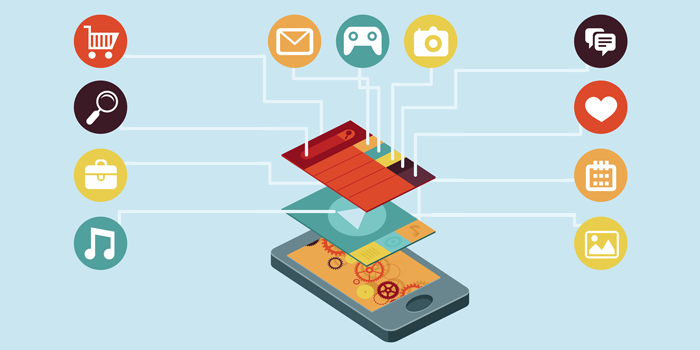From as early as brand design for your mobile app, it is important to have a clear and passionate image about how you want the user interfaces of your application to look. A great user interface is functional for the user while also being attractive, unique and giving plenty of reasons to be visited again. The market for mobile apps is increasingly blooming and with the fast nature of user browsing, it is essential to catch the attention of your audience quickly. The best way to do this is by designing a stylish interface which primarily understands what the users want to get out of it.
Understand your audience
Your audience are the people who are going to help your app grow in popularity and success. As a result, creating an interface design which caters to their needs is paramount. To achieve a good reputation with your users, detailed user research is key. Regularly updating your understanding of your user goals, and your competitors will help you to keep your app relevant and usable. Useful tactics to achieve a thorough user understanding include using experience maps and using the expected behaviour of your users, to determine what will drive their behaviour through your app.
Minimize distractions
A high-quality user interface design makes its key functions accessible and easily comprehensible to its audience. All options and shortcuts should be clearly found in the app without distracting information. Too many materials can over-complicate an app and make it too busy to effectively capture the user’s attention. It is additionally crucial that the app communicates in a language and style that is familiar to the key audience. This does not mean that the functions of the app have to be minimised, but simply the route to getting there.
Recognise security issues
Taking security issues and 508 compliance into account at the beginning stages of design, can reduce the overall time to release an app. Ensuring full accordance with security issues will allow you to produce a healthy running app which is ready for the market.
Shadows and gradients
The use of shadows and gradients is an ever-popular tool when designing user interfaces, and for good reason. All visual cues and buttons can add value to your app, but shadows, in particular, are an effective tool when understanding a user interface. They are a natural and modern way of prompting actions to users using both inset and outset elements.
Test, test and test again
Designing a user interface without testing it out multiple times can be a risky business. Apps are now used on multiple devices and so for successful use in the real-world, it is essential to test out your app on as many devices as possible. This will allow you not only to spot any potential errors or challenges but to additionally see how your app will be presented to different users. You can then design an interface for maximum performance on all devices.

